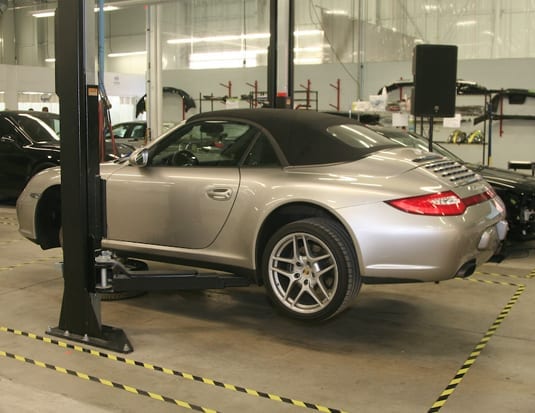Looking at what types of new vehicles are selling in Canada can help determine what your shop can expect to be fixing in the coming years.
In Canada, there are some things we can likely predict in the collision repair industry, namely that the winter season is often our busiest time of the year and, as the weather warms up, we need to gear up for the fact that business may slow down.
Yet beyond that, predicting the types of vehicles that come into the shop and the repairs they require is tough, since it can vary from one day to the next. And today, given that the average passenger car and light truck is becoming more complex each year, increasingly, shops need to be prepared and able to invest the time and resources in procuring the right repair equipment, as well as ensuring their technicians are fully up to the job of fixing the vehicle to factory specifications.
With OEMs taking an ever more active role within the collision repair process, this is arguably becoming easier. Specific procedures and instructions for certain repairs are available in ways they simply weren’t in the past, though sometimes its not always easy to get your hands on specific repair procedures. Furthermore, as was discussed at the recent 2017 CCIF meeting in Toronto, problems can arise when there’s a lack of communication during the repair process. A good example is that the OEM requires a certain procedure, such as removing the rear window glass and roof panel to facilitate changing a quarter panel. Yet, if the repairer doesn’t have access to the specific procedure or the OEM dealer, which the collision shop is affiliated didn’t convey the precise information, the insurer will likely question the extra work and be reluctant to authorize the repair, or the repair won’t be performed properly.
The situation becomes further compounded when dealing with the likes of luxury vehicles, which even today, tend to still feature a greater amount of technology and options than more mass-market offerings. Additionally, features such as adaptive cruise control, lane departure warning, braking assist and other modern driver aids, tend to be installed on luxury vehicles first before trickling down to lower priced cars and trucks.
Being prepared to understand and deal with the technological advancements on new vehicles at the repair shop level is one thing, but shops and technicians can learn to anticipate what kind of repairs, scans and problems they might have to deal with by observing market trends.
Market statistics not only point to record new vehicle sales in Canada since 2012 (1.95 million vehicles were sold in 2016 alone*) but also a swelling in luxury vehicle demand and compact crossover utilities. Given automotive industry lead times and the increasing age of Canada’s vehicle fleet; over the next few years, expect a lot of luxuriously appointed crossover utilities coming into your shop for repairs.
In many ways this is a good thing. Getting back to the trickle down aspect of vehicle technology, if you’re business is capable and invested to repair the latest luxury vehicles; it is also likely well positioned to fix mainstream cars and trucks into the next decade.
*Source: DesRosiers Automotive Consultants



